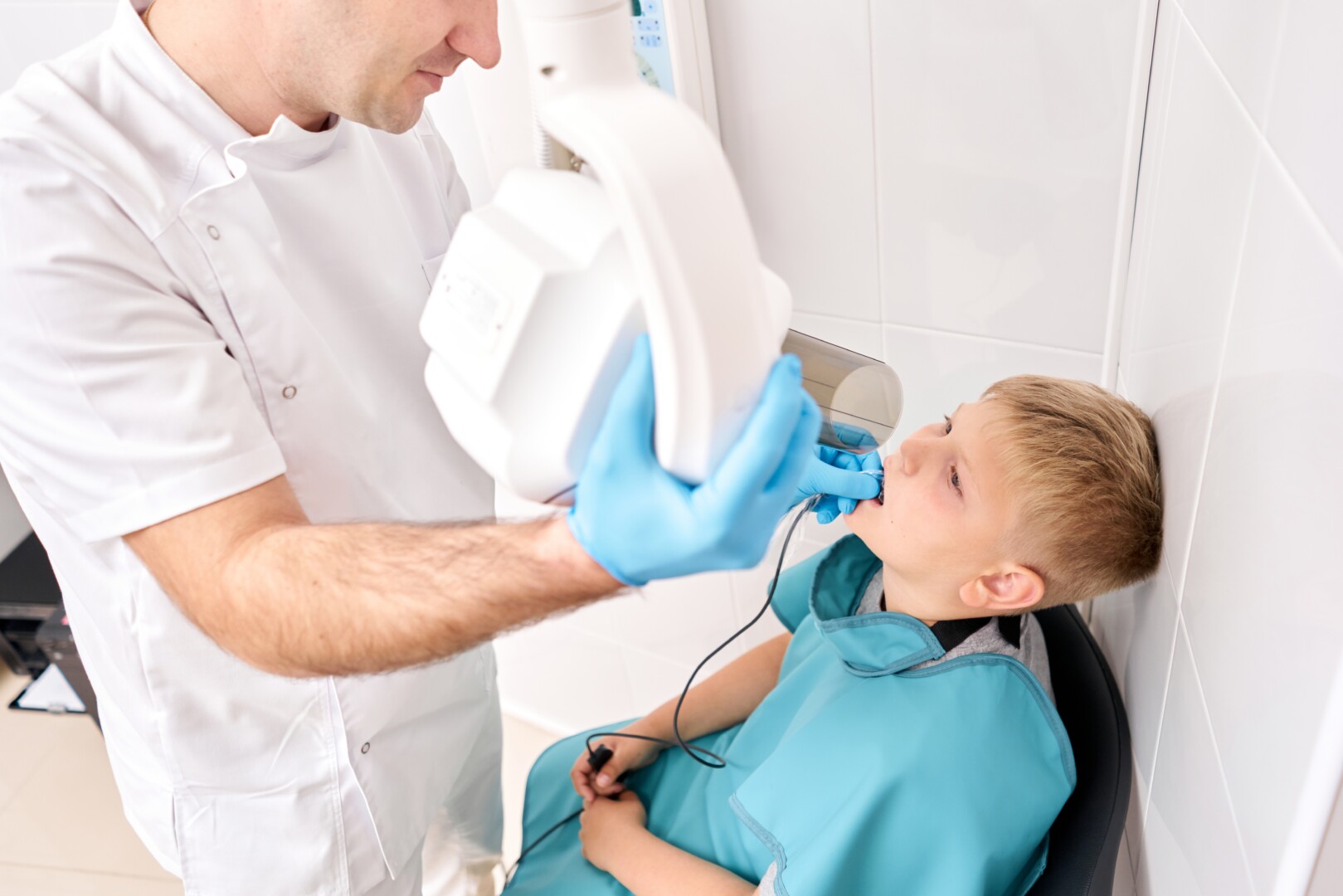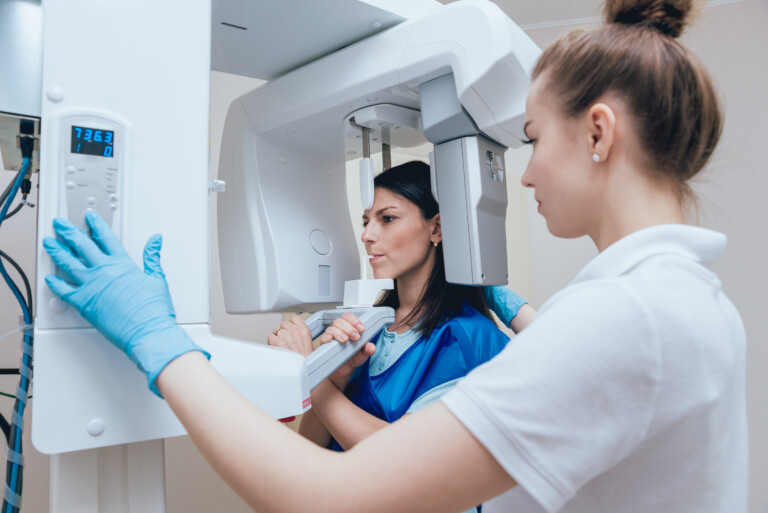Scientists agree: advances in x-ray technology have made protective barriers obsolete.
Dentists and hygienists have been shielding their patients from radiation exposure to body parts other than the jaw since dental X-rays became common about seventy years ago. However, dental radiology experts now advise against using these lead aprons.
Today’s digital radiograph equipment in dental offices is far more advanced than previous generations. According to the American Academy of Oral and Maxillofacial Radiology (AAOMR), modern X-ray technology produces very little external radiation scatter, making it safe for patients. As a result, the AAOMR recommends that lead aprons and thyroid shields be avoided for routine dental X-rays.

New recommendations from the the Journal of the American Dental Association.
Aprons and thyroid collars do not provide additional benefits, according to Aruna Ramesh, a professor at Tufts University School of Dental Medicine. Ramesh, a dental radiology specialist, coauthored an article on the AAOMR’s new recommendations that was published in the Journal of the American Dental Association.
According to Ramesh, the small amount of radiation that reaches areas other than the head is due to “internal scatter,” making apron protection impossible. Using an apron or collar may obstruct a clear X-ray image of the jaw in some cases, necessitating a second attempt and doubling the overall radiation dose.
Some changes just take time.
Regardless of these findings, changes in dental practices may take time. Most states require the use of protective equipment during dental X-ray procedures. Dentists should concentrate on effectively communicating with patients about the reasons for the changes as well as the supporting data.
Regulations vary similarly in other medical settings where X-rays are taken, such as doctors’ offices and hospitals. According to Anthony Blatnica, a radiology professor at Tufts University School of Medicine, external shielding is not required if the body part is not in the primary X-ray beam. Furthermore, the covering may interfere with the X-ray image, further complicating matters.
However, for physical or psychological reasons, some patients prefer to wear a lead apron during dental procedures. Pregnant women and parents of pediatric patients are frequently concerned about radiation exposure. Despite the low risks, some patients prefer the reassurance that the lead apron provides.




